You've got the car back fresh from the shop after an alignment job. However, you notice that there's still a little pull to one side. It's enough of a problem that you have the car in for service again. What's causing this, and what can be done? We researched this problem, and we have the solutions below.
There are two reasons why your car still pulls after an alignment.
One is the tire pressure being too low. This is the most common cause. When the tire pressure is low, the tire has insufficient air pressure to hold it up, so it droops down. The result is that the wheels start to pull to one side.
The other cause of pulling is the front tires are worn more than the rear ones [or the other way around].
Alignment checks are a vital component of the car service. In the following sections, we will discuss the most common reasons you can find your car pulling left or right and how to rectify the situation. We will also be covering the options you can choose for alignment checking.
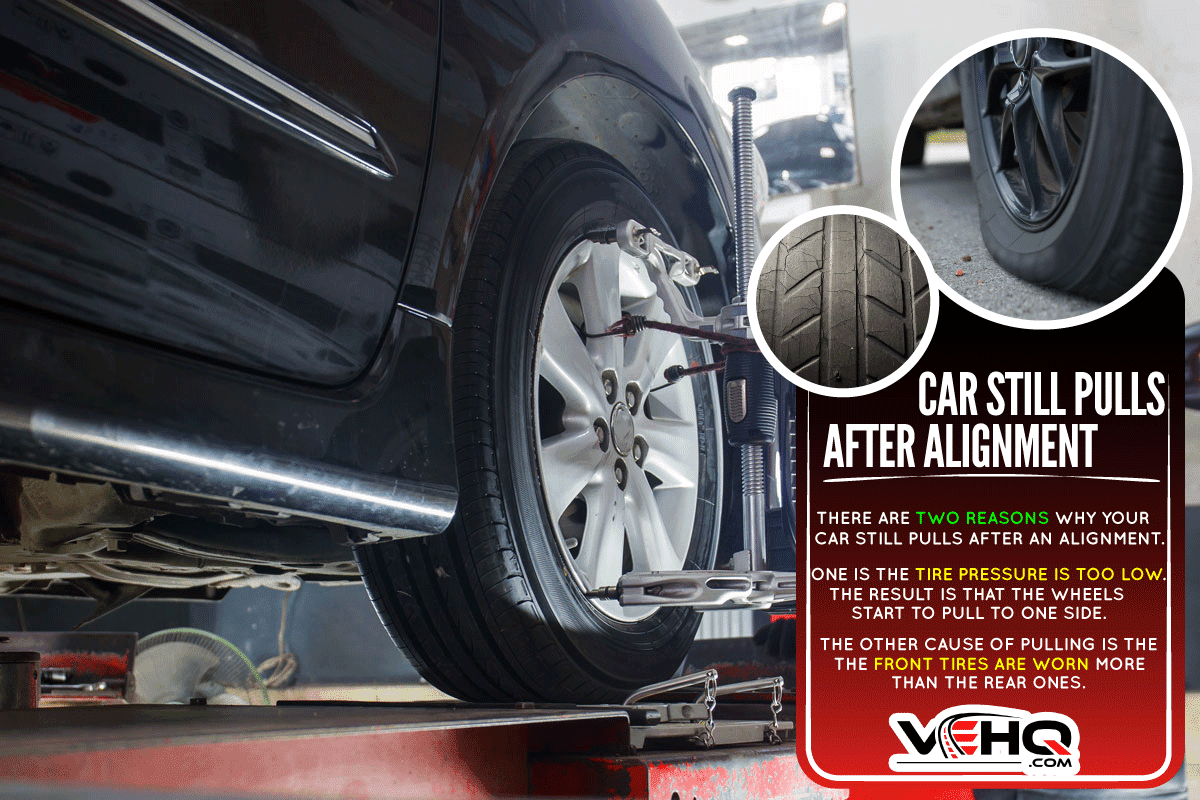
What Is Wheel Alignment?
Alignment is an important procedure in keeping your car running safely and efficiently. It is a process of adjusting the position of each wheel in relation to the others to achieve maximum handling performance and stability.
When your wheels aren't aligned properly, your vehicle may have problems such as:
- Steering wheel vibrations
- Difficulty steering
- Wheel wobble
- Worn suspension components
- Brake wear
The vehicle's suspension system cannot correctly absorb shocks if the wheels are out of alignment. This can cause unwanted vibrations.
An adequately aligned steering wheel is the key to a stable vehicle, allowing you to steer in the direction you want.
How often should you get your car serviced for alignment?
Your car's wheels should be aligned when it has not been driven in a few months or years. They should be checked during annual maintenance to avoid costly repairs.
Alignment problems can occur for many reasons, including poor road conditions, improper wheel alignment, and incorrect tire inflation pressures. For example, if the car has a "pulling" effect, a steering alignment check will help correct the situation.
Wheel alignment can be performed manually, with a computerized alignment system, or with a combination. Computerized alignment systems are automatic and require no human interaction.
They work by taking readings of the actual wheel positions and computing the angle of each wheel concerning the reference points.
Manual alignment involves measuring the angle of each wheel with respect to the following reference points: the centerline of the vehicle, four wheels, and thrust line.
Adjustments are then made to the front and rear wheels and toe settings until they are perfectly parallel to the previously mentioned.
Both methods [manual and automatic] are commonly used on older vehicles and those that have been in severe accidents.
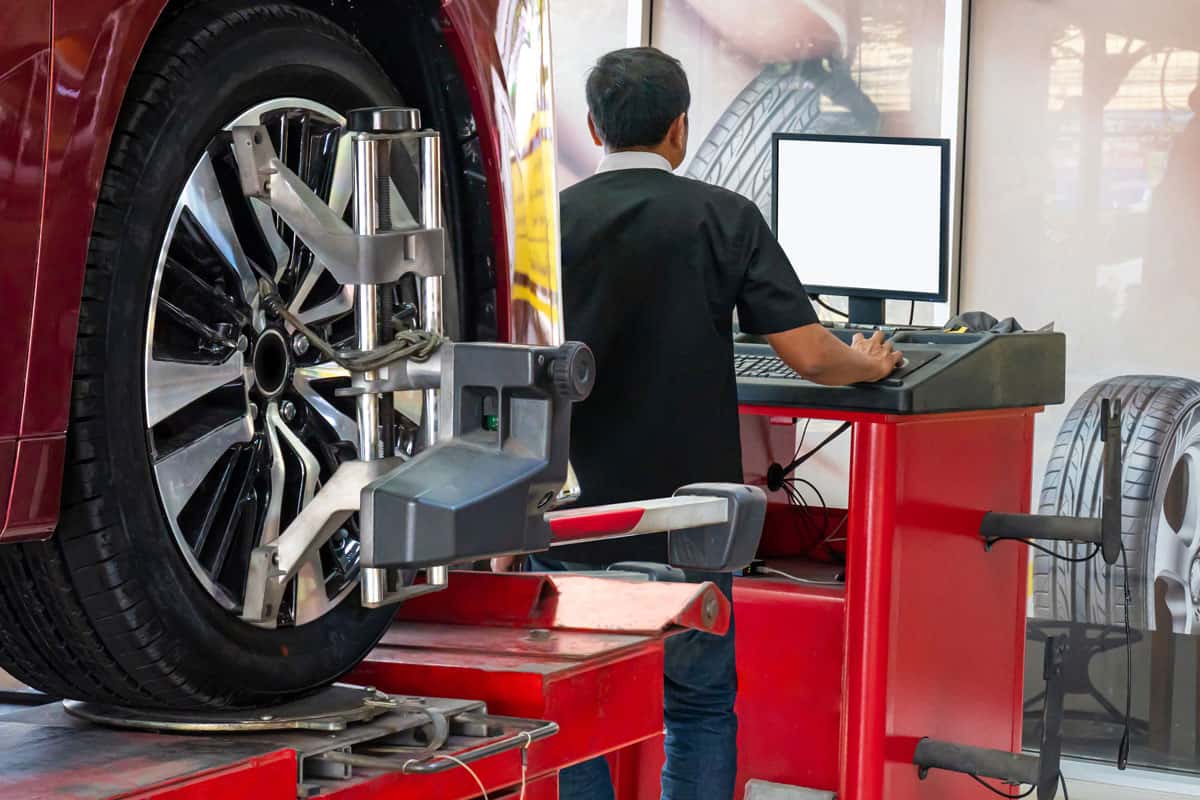
How To Check Tire Pressure
Assuming that you've done everything right when checking your tires' alignment, you did not hit a curb while driving, you didn't drive over a hump, and the wheel alignment was spot-on: the next course of action to take is to check the tire pressure.
Look at the tire sidewall and tread and see if it has any punctures. This will tell you if there is a problem with the tire. If the tire has no holes or punctures, you need to check the tire pressure.
Put the tire gauge on the valve stem to measure the tire pressure. Use the correct gauge for your vehicle.
Click here to see this digital tire pressure gauge on Amazon.
Other Possible Causes Why Your Car Pulls To One Side
Aside from insufficient tire pressure, there are other possible causes why your car pulls to the opposite side direction, namely:
1. Brakes are sticking
Jack the car up and see if one of the wheels doesn't move freely. If you find out that one of the wheels is not moving freely, this could mean your brakes are sticking and dragging your car to the other side.
Check out this break cleaner on Amazon.
2. Bad ball joint
A loose ball joint is a common issue with older cars. They are notorious for having one of the components of the suspension system loosen up. If the ball joint is loose, it may affect the car's alignment. It also affects the driver's comfort since he or she will feel a tugging sensation when steering the vehicle.
You may watch this video and learn some DIY tips on how to fix pulling issues with your car:
Can You Expect Your Car To Be Perfectly Aligned After Getting Serviced Professionally?
Alignment is a process that can be done by a professional or by a DIY enthusiast. It's important to understand that there are different types of alignment. For example, you may require toe-in alignment if you have high-performance tires.
A car's alignment involves properly positioning the wheels, the tires, and the steering wheel. To perform an alignment, the mechanic must first determine where the problem lies.
For instance, if the vehicle has a bent steering wheel, he will look to see whether there is a bent or broken shaft.
He will also check if the car is leaning, tilted, or uneven. If a wheel is out of position, the mechanic will have to check the tire pressure, the suspension, and the brake pads. These things need to be in place for the mechanic to align your vehicle properly.
What Happens If The Alignment Goes Wrong?
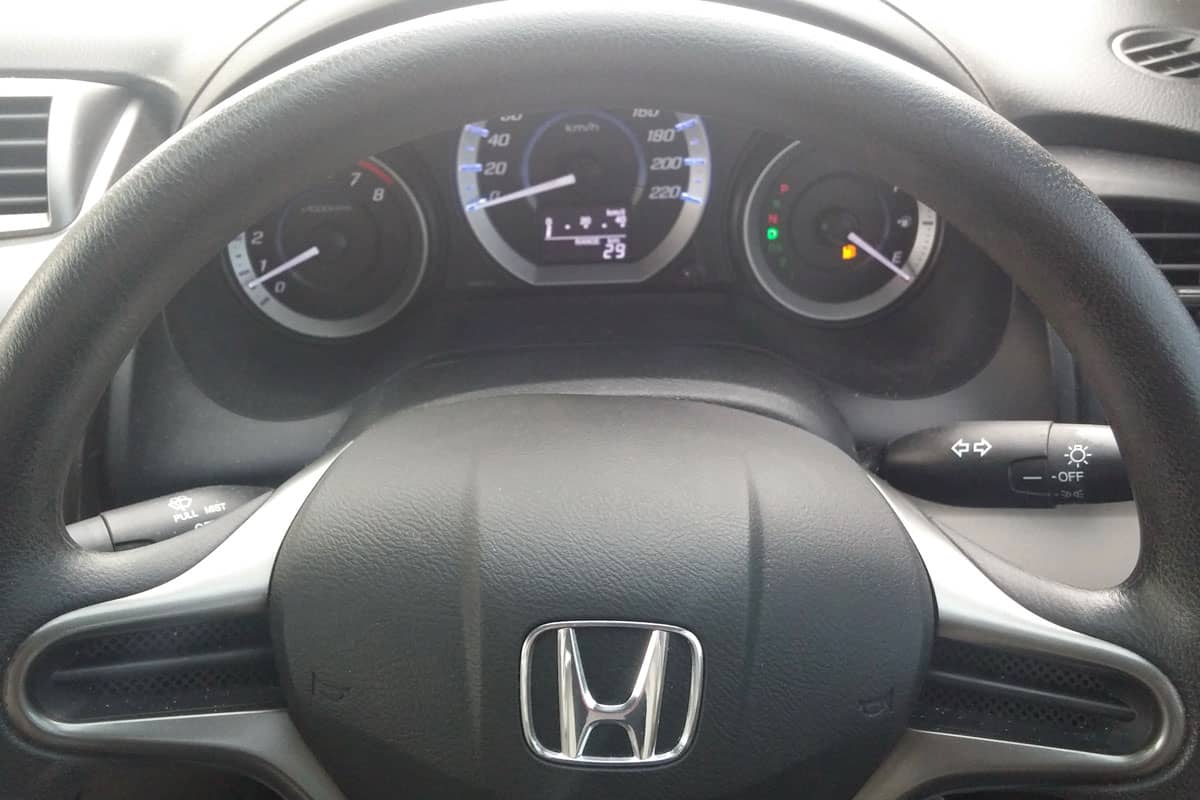
If you notice that your steering wheel feels loose and your car is having trouble turning left and right, then you need to look at your car's steering wheel alignment.
To avoid realigning your vehicle, look for a mechanic who specializes in steering repairs and is experienced with alignment checks. If he or she does a proper inspection and recommends that you have the work done, you'll know you're in good hands.
Does A Bad Wheel Bearing Cause Vehicle Pull To One Side?
If you're driving your car on a winding road with sharp curves, you may experience some pulling sensation. This is because the wheel bearing wears out and starts to vibrate, causing the wheel to move in a circular motion, which creates the pulling sensation.
When the wheel bearing wears out, the vibrations become more pronounced, and the vehicle starts to pull to the left or right side. Sometimes, the vibration can be so intense that it affects the steering wheel.
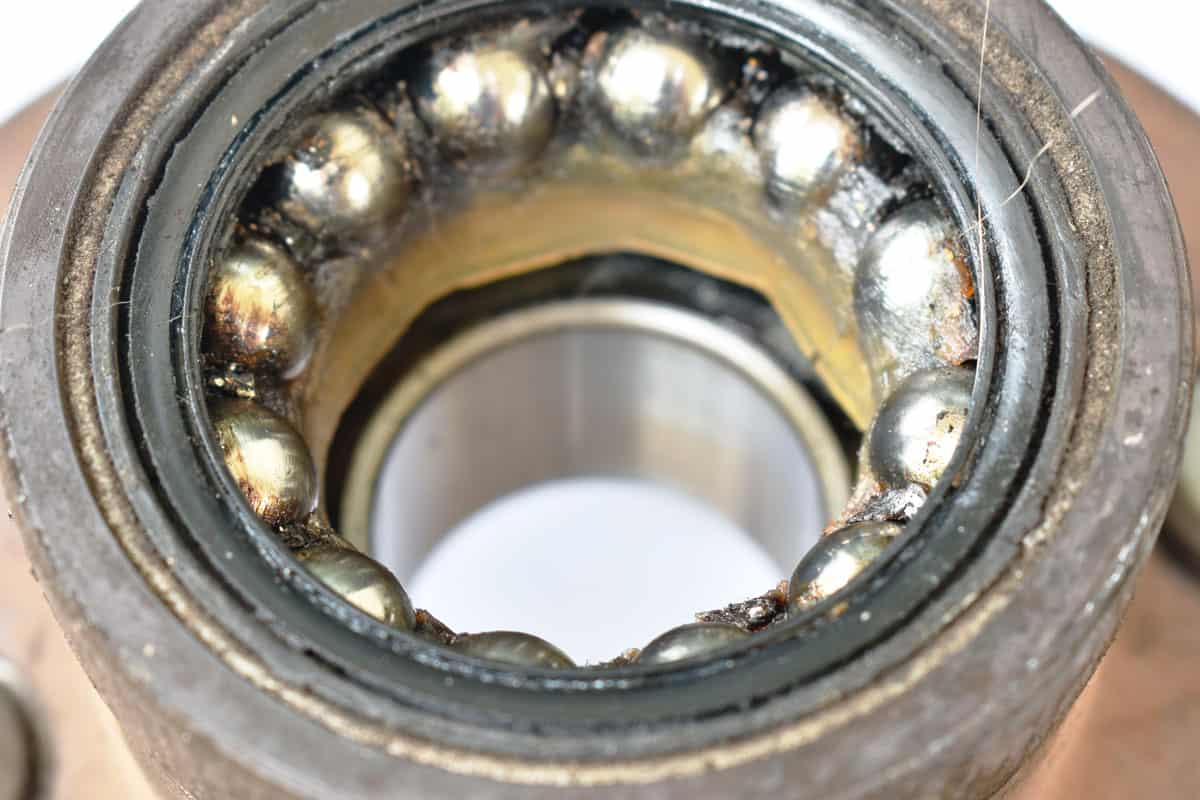
Delay In Acceleration: What Is Causing This?
Powertrain components like the engine and transmission are critical to providing power and acceleration. Powertrain components are the main parts of the car that provide power and acceleration. They include the engine, transmission, and wheels.
An issue with one of these components could cause a delay in acceleration. If you are experiencing delayed acceleration, then you may want to take your vehicle to the service center for diagnosis.
The following are the possible reasons why your vehicle's acceleration is sluggish:
Lack of fuel
If your car lacks fuel, then it may not be able to accelerate. If you notice that your vehicle is not accelerating when you press the gas pedal, you may want to examine the fuel system to ensure it has enough fuel.
Air-to-fuel ratio
If you're experiencing a sudden loss of power, you will want to check your air-to-fuel ratio. It could be that the mixture is too lean, so you'll want to add a little gas to make up for this.
Bad camshaft sensors
If you're experiencing a sudden loss of power, you may want to check your camshaft sensors.
They're part of the engine control unit and are responsible for sending information about the engine's conditions, particularly the cylinders' and fuel injectors' conditions, to the rest of the car.
If one of these sensors is damaged, then your car may not be able to accelerate as expected.
Bad spark plugs
If you're noticing a sudden loss of power, it could be because the spark plugs are faulty. You should replace them if they are old and worn out.
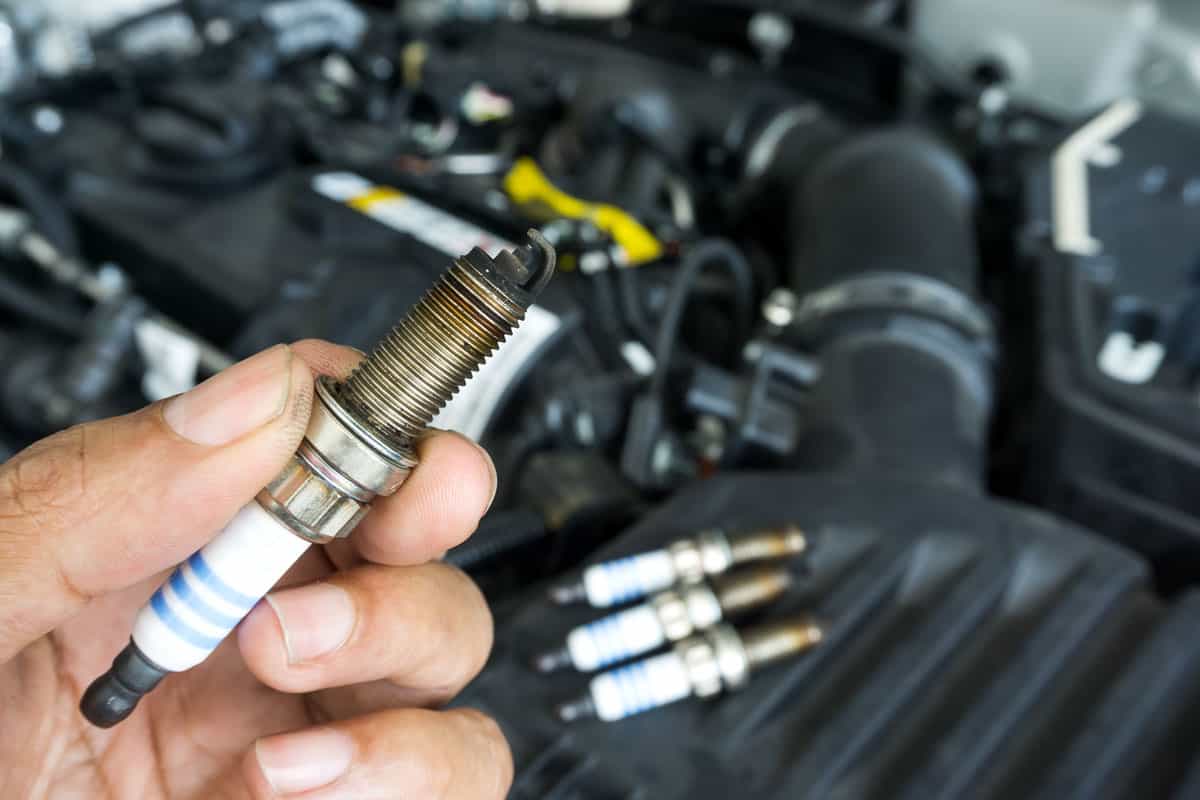
Does The Rotation Of My Tires Affect Alignment?
No, it doesn't. Alignment is done on vehicles to improve steering and handling, while tire rotation ensures even wear and tear of the treads.
When a vehicle is being aligned, the mechanic adjusts the angle of the front and rear axles in relation to the wheels and the suspension system.
On the other hand, tire rotation involves rotating the tires while the car is in motion to ensure that the tires are evenly inflated and that the tread pattern is correct.
In Closing
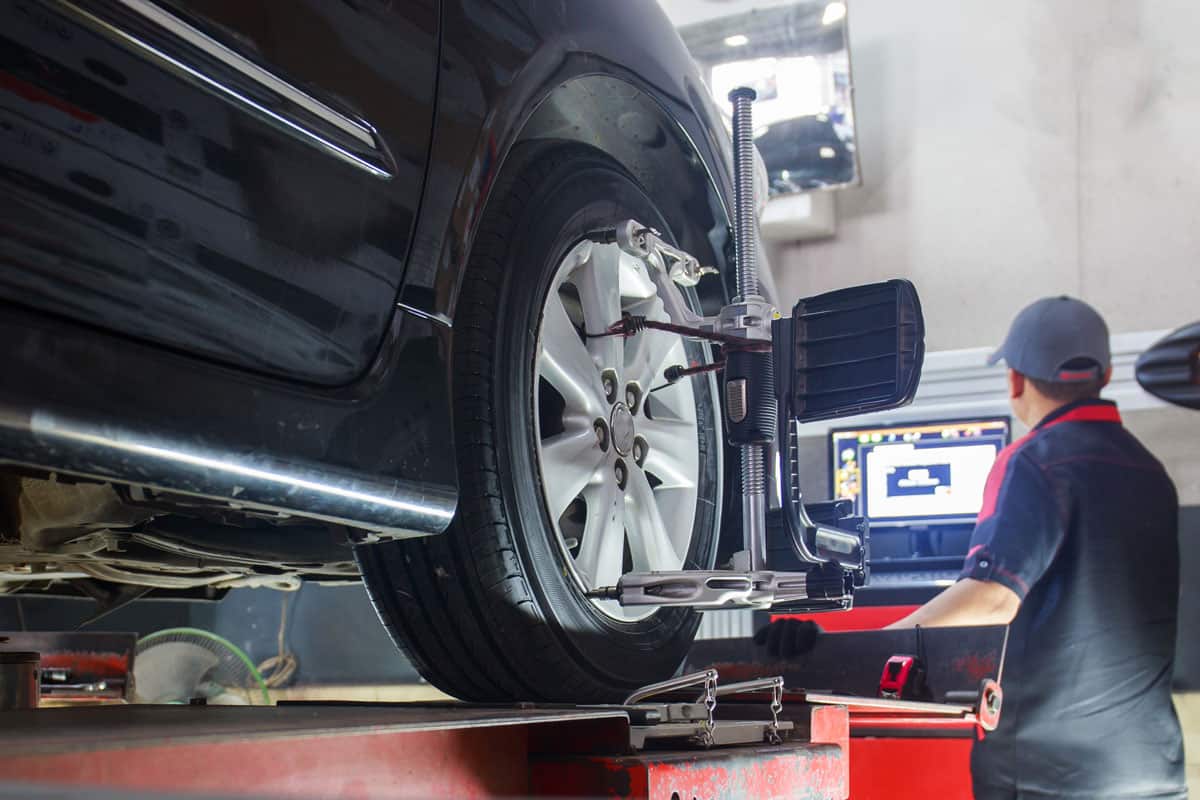
A vehicle pulling to the left or right is not a major issue, but it can be a huge inconvenience if you cannot correct it. So, it is essential to check your vehicle's alignment regularly and perform regular checks.
You might also like:
Car Jerks Left And Right When Driving—What's Wrong?


